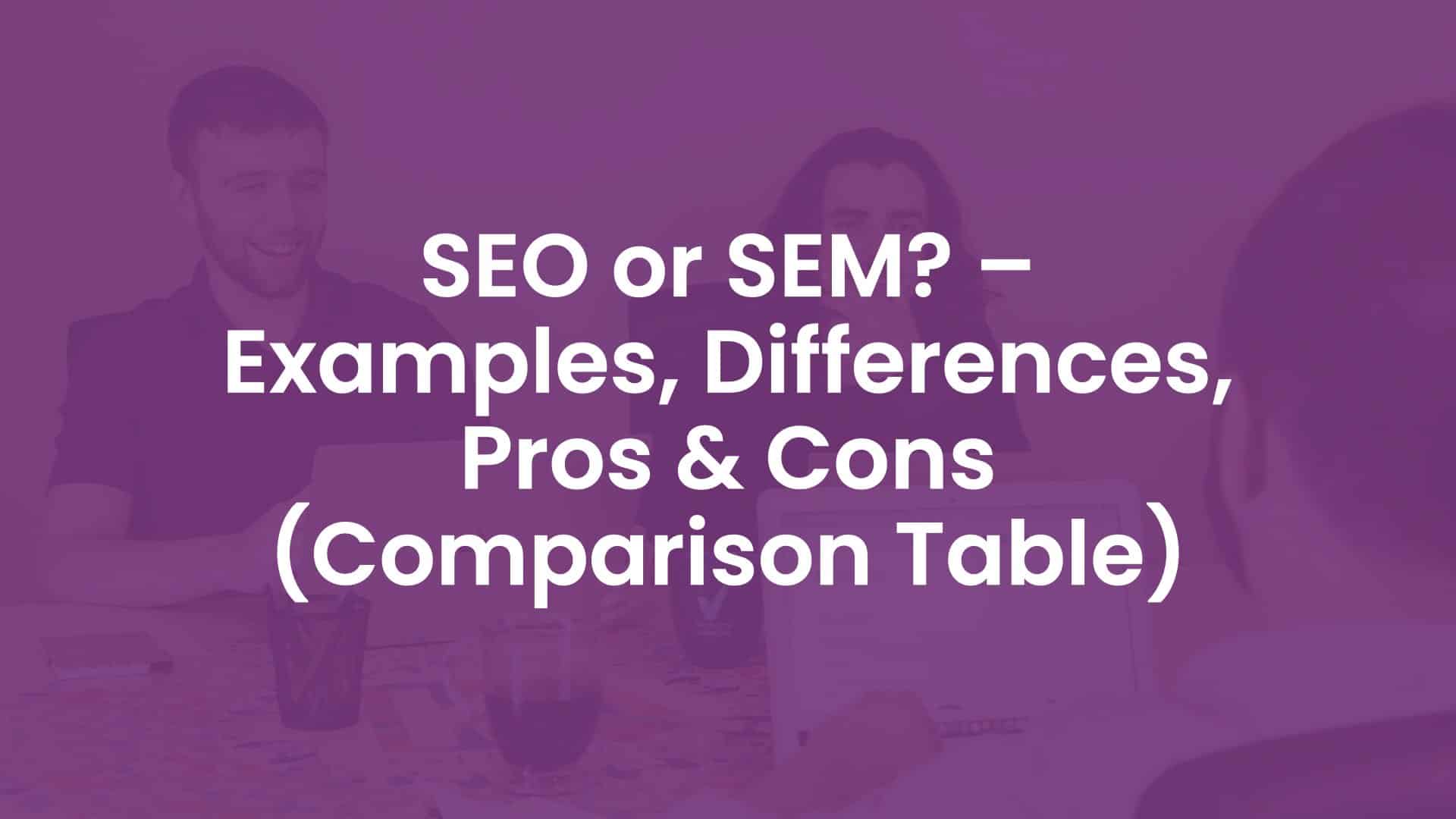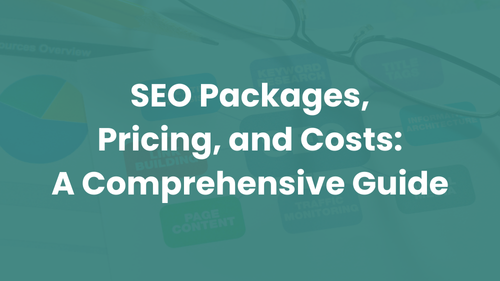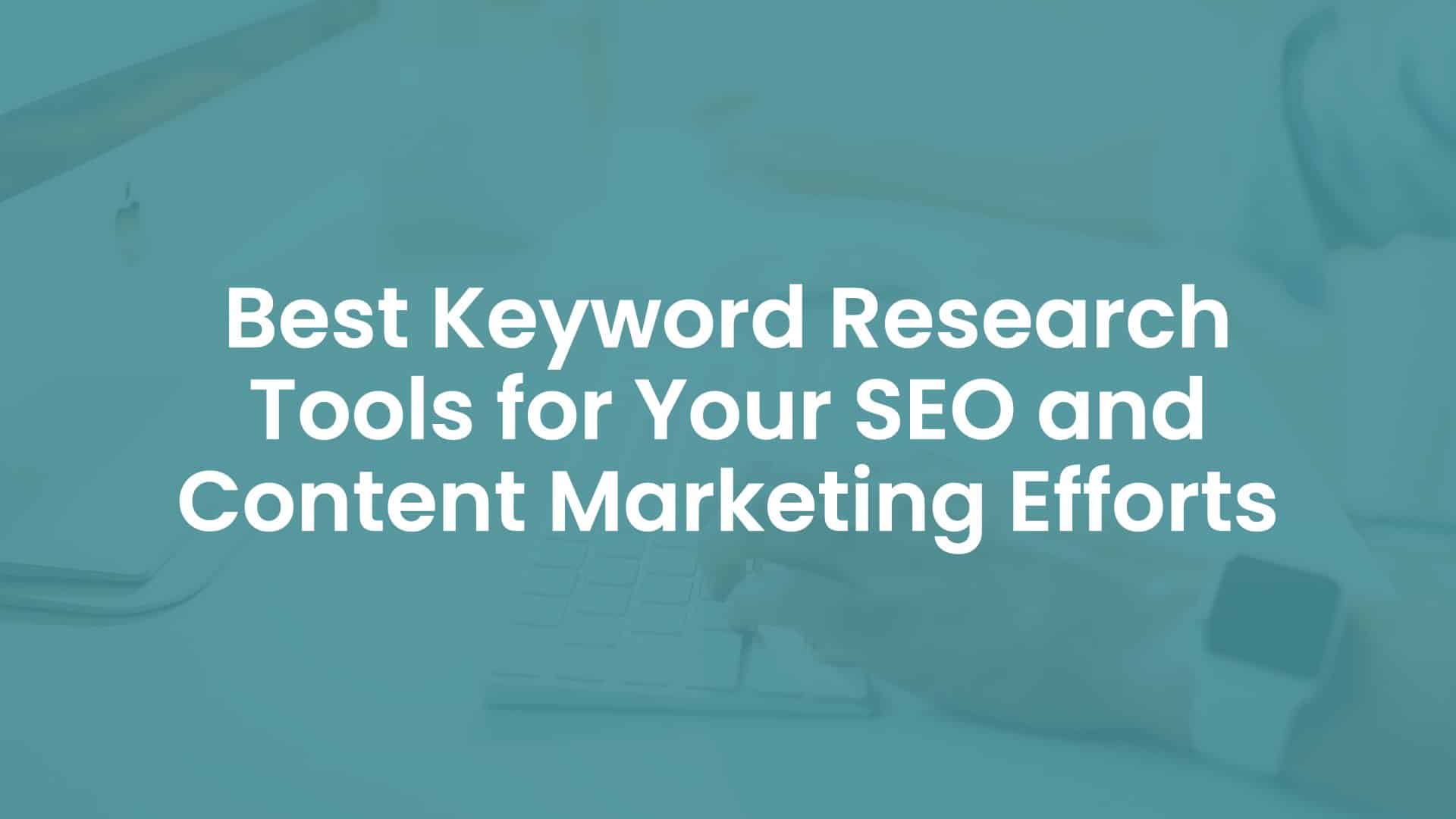SEO vs. SEM: How Long Does It Take to See Results
When it comes to digital marketing, understanding the timeline for results is crucial, especially when comparing SEO (Search Engine Optimisation) and SEM (Search Engine Marketing). While both strategies aim to increase visibility and drive traffic to your website, the speed at which they produce results differs dramatically.
SEO: A Long-Term Strategy with Delayed Gratification
One of the most significant differences between SEO and SEM is the time it takes to see results. SEO is a long game. Building organic visibility takes time, often a lot of it, particularly if your website is new or lacks backlinks.
A well-known analysis found that it takes, on average, two years for a website to rank on the first page of Google. Many of the pages that dominate the top spots today were originally published more than three years ago. This doesn’t mean that all SEO efforts are fruitless in the short term, but it does highlight the need for patience.
That said, targeting long-tail keywords and consistently implementing SEO best practices can accelerate your progress. Some websites start seeing modest traffic increases within a few months of optimisation, even with minimal domain authority.
A real-world example comes from the early days of Backlinko. Launched in 2013 with virtually no domain authority, the site began to see organic traffic within a few months, thanks to a laser-focused SEO strategy. However, it still took years for the site to build the kind of rankings and organic traffic that now define its success.
SEM/PPC: Fast Results with a Learning Curve
In contrast, SEM—particularly when focused on Pay-Per-Click (PPC) advertising—delivers far faster results. You can launch a Google Ads campaign in the morning and start driving traffic and conversions by the afternoon. This immediacy is one of the primary benefits of PPC and a compelling reason why businesses looking for quick wins often turn to paid search.
However, rapid traffic doesn’t automatically translate to immediate profit. While PPC offers instant visibility, achieving a positive ROI typically requires months of testing, refining ad copy, adjusting bids, and optimising landing pages. The learning curve can be steep and ongoing, particularly in competitive niches.
Speed vs. Sustainability
The choice between SEO and SEM often comes down to your goals and timeline:
- If you’re in it for the long haul and want sustainable, cost-effective traffic over time, SEO is the way to go.
- If you need immediate visibility and are prepared to invest in ongoing optimisation, SEM/PPC can deliver quicker wins.
In many cases, the most effective digital marketing strategies incorporate both SEO and SEM, allowing you to reap short-term gains while building long-term growth.
Choosing between SEO, SEM, or both depends on your industry, goals, and timeline. Instead of guessing, make data-driven decisions that maximise your marketing impact.
- Want to rank higher on Google and drive long-term organic traffic? Our hands-on SEO course teaches you proven strategies to improve your search rankings effectively.
- Need immediate traffic and fast results? Learn how to create high-performing ads with our Google Ads course, where you’ll master setting up and optimising SEM campaigns from scratch.
- Explore more ways to level up your digital marketing skills! Browse our comprehensive range of courses, available in person in Singapore or online. Start learning today!








Reader Interactions
2 Comments
I personally found this article very interesting. The similarities, as well as differences between seo and sem are well explained in this very blog. I had my doubts earlier, but now I’m pretty much clear about it. I would definitely recommend this to my fellow colleagues.
Loved the article , it was short and crisp and the important aspects about SEM PPC and SEO were highlighted. Found it very helpful . THANKYOUU!